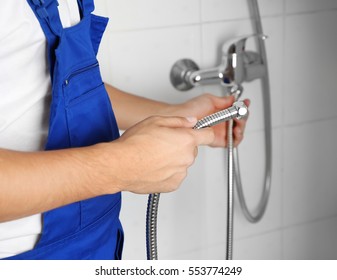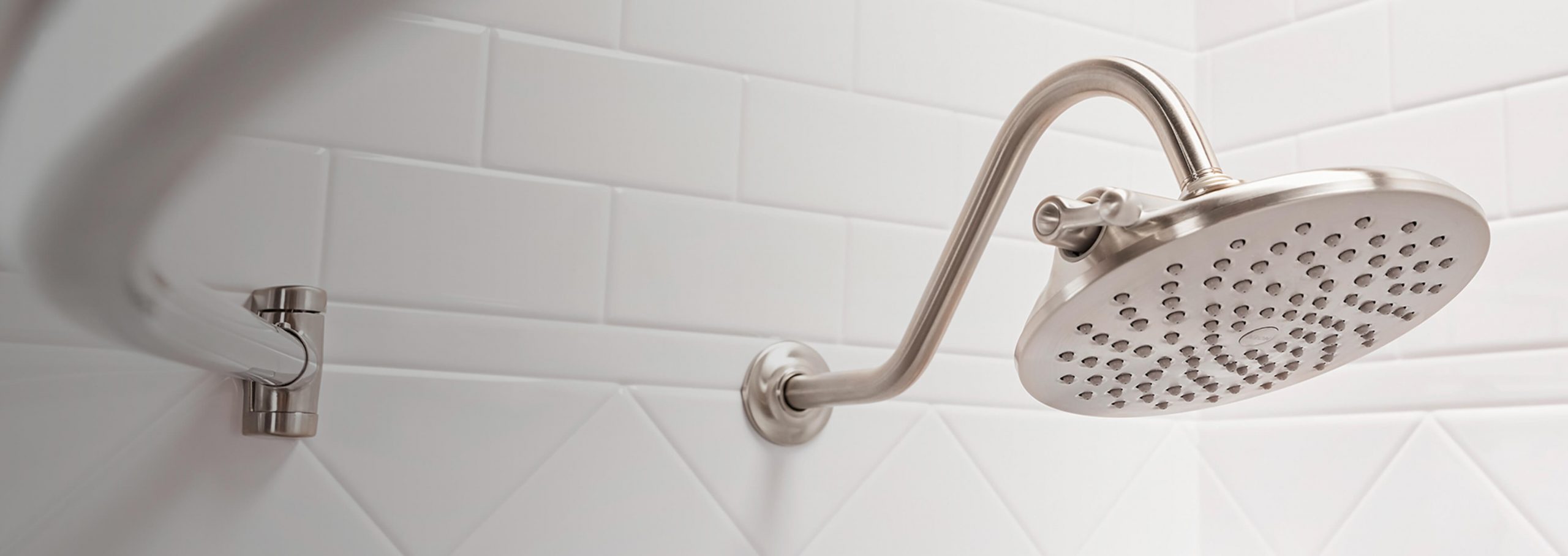Maintenance Sign-Up
What are your beliefs on 6 Things to Know About When Hiring a Plumbing Services?

Acrylic baths, shower trays, as well as other acrylic restroom ware have come to be much more common in restrooms in current times. Not as elegant and durable as enamel and also porcelain bathrooms and components, they are extra budget friendly as well as offer quite a lot the exact same standard objective. Some usual instances of damages to acrylic washroom components consist of discoloration, fractures, holes, and so on.
Scratched shower or bath surface area
Polymer restroom components are not abrasion-resistant like enamel selections. They are much more susceptible to scrapes and also less long lasting. Being a very soft product, acrylic scratches can even be concealed without coating or dental filling. For these, you need to seek professional help for your bathroom fixings. As an avoidance tip, prevent making use of unpleasant sponges when cleaning. Rather, you must use a basic fluid cleanser with a soft pad.
Chain reaction
Sometimes, people try to paint the entire surface of their acrylic bath on their own either since they do not such as the color to conceal imperfections. However, when they do not such as the result, they use paint removers. You ought to never utilize paint cleaner on acrylic baths. Although paint eliminators do not respond with the surface area of steel bathrooms, they destroy acrylic baths irreversibly. This produces even more help the expert. The very best course of action here is to call a professional for help with changing the bath.
Bath Staining
With prolonged use of acrylic bathrooms comes staining or staining. While some spots can be removed conveniently, using special chemicals, others need that the bath be resprayed. It is essential to keep in mind that bleach or cleaning agents do extremely little in removing such discoloration and they might also aggravate it. A lot of times, these cleansing agents generate discoloration over time. Aromatherapy oils loosen the dust sometimes consequently restoring the bathroom to its former magnificence. Cleaning up and polishing also often. For more persistent discolorations, you will certainly require a new layer of finish. This sort of fixing will certainly require a professional.
Broken Acrylic Baths
The lifespan of acrylic as well as fiberglass baths is up to 15-20 years for shower frying pans as well as bathrooms, generally. Fractures in an acrylic shower tray are most likely among the most convenient troubles to repair for a repair specialist. This is the exact same for PVC, material, and various other such materials.
Acrylic baths, shower trays, and also various other acrylic shower room ware have actually ended up being extra usual in bathrooms in current times. You ought to never utilize paint eliminator on acrylic baths. Paint eliminators do not respond with the surface area of steel baths, they ruin acrylic baths irreversibly. With long term use of acrylic bathrooms comes staining or staining. The life-span of acrylic and fiberglass baths is up to 15-20 years for shower frying pans and also bathrooms, usually.
How to clean Acrylic shower
USE THESE NON-ABRASIVE CLEANERS
We recommend that you clean your acrylic bathing product made of Delta ProCrylic or Acrylic with Innovex Technology with non-abrasive soaps and cleaners, such as:
Dishwashing detergent Power Bathroom Cleaner CLR Bath & Kitchen Cleaner Formula 409 All-Purpose Cleaner Iron Out Rust Stain Remover When it s time to clean, always use a terry cloth towel, soft cloth or sponge to avoid scratching the acrylic surface. Don t use abrasive scrubbing pads, steel wool or sponges, cause permanent damage to the acrylic material. If you use a drain cleaner or clog remover, be sure to rinse thoroughly with water so no product is left standing near the drain.
Some chemicals and cleaners may deteriorate acrylic surfaces, causing cracks and, potentially, property damage. To avoid this, don t use cleaning products that state on their label that they are not suitable for use on Acrylic, ABS, Polystyrene or Plastic. Be sure to check the label of any product before you apply it to the surface; it s easier to avoid damage than to try to remedy it.
DO NOT USE THESE CLEANERS
Chemicals we do not recommend using to clean acrylic showers/tubs:
Solvents (turpentine, lacquer thinner, mineral spirits, paint thinner, MEK, xylene, acetone, naphtha, etc.) Simple Green All-Purpose Cleaner Pine-Sol Original Scrubbing Bubbles Cleaner Tilex Bathroom Cleaner The Works Tub & Shower Cleaner Lysol with Hydrogen Peroxide Multi-Purpose Cleaner Windex Vinegar Multi-Surface Cleaner Sealant Application Tips
When you re ready to apply sealant, a little planning goes a long way. Pick up some painter s tape and use it to mask off the seam to help make cleaning up easier. When you re applying the bead, use a constant, steady speed to avoid an uneven finish. Use a caulk tool or a plastic spoon to work the sealant into the joint. Wetting the tool with denatured alcohol will help create a smooth finish. Follow the directions on the back of the tube for cure time.
Certain chemicals and cleaners may deteriorate acrylic surfaces, causing cracks and, potentially, property damage. After you re finished applying it, clean up the product surface and remove any excess sealant with denatured alcohol. Don t use solvents (turpentine, lacquer thinner, mineral spirits, paint thinner, MEK, xylene, acetone, naphtha, etc.) that can wreak havoc on an acrylic surface.
With a little care and consideration, you can prevent damage to your acrylic shower or tub. Keep a supply of soft cloths handy and remove any damaging products or abrasive scrubbing items from the bathroom to ensure they aren t around when it s time to clean.
https://www.deltafaucet.com/design-innovation/inspiredliving/how-to-clean-acrylic-shower

I recently found that blog entry about Hiring a Plumbing Company when scouting around the web. Appreciated our write-up? Please share it. Help others discover it. Many thanks for taking the time to read it.
Damage control? Call us.